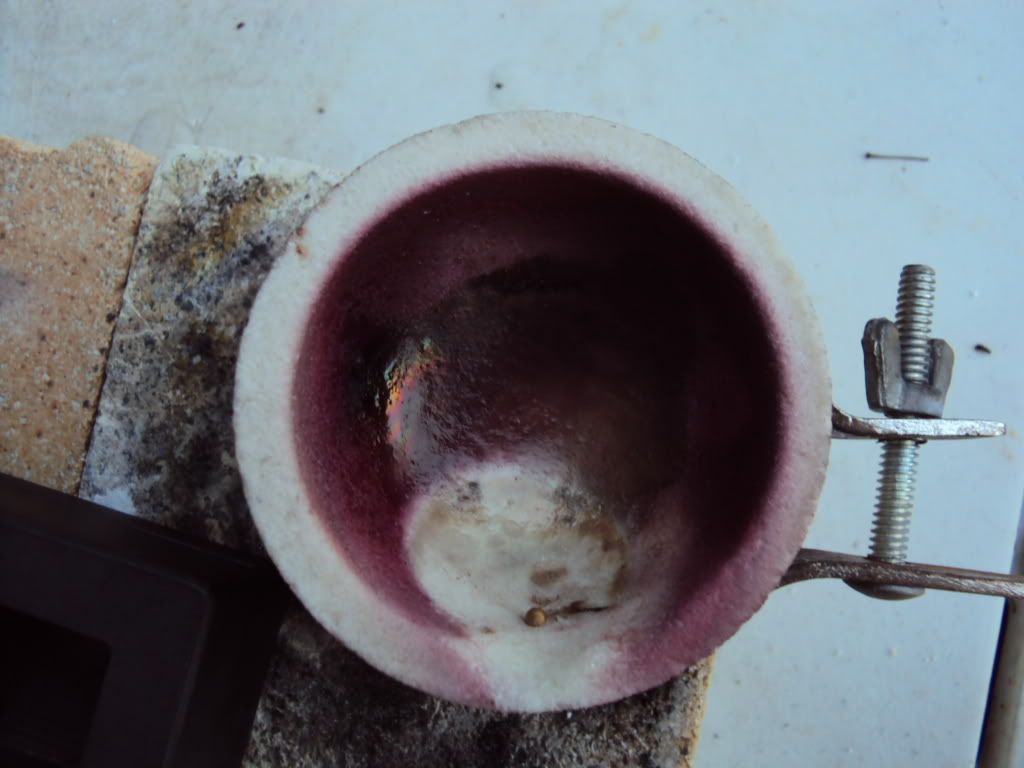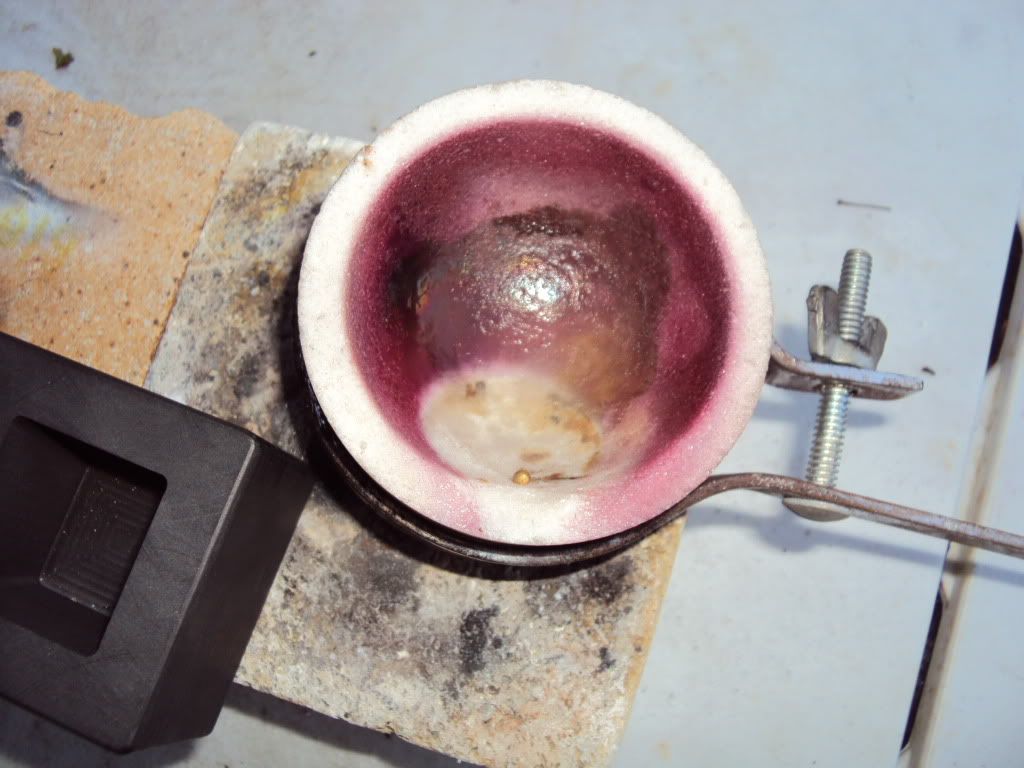ssstew2000
Member
- Joined
- Oct 27, 2010
- Messages
- 18
Its finished, it worked. and Im a beleiver now .it was just small scale, and the gold button does'nt even show on the gram scale. Thats ok i can still see it and it was just a test run anyway. Question is the clay/silica melting dishIi used still has the borax and the purple residue stuck to it. I tried re-melting it but could not get it to flow out. Is there a way to clean this out so i can reuse the dish or can i just reuse it as is. thanks again every one this is a great hobbie. :mrgreen: :lol: :shock: :mrgreen:
stepehn.
stepehn.





















































